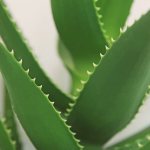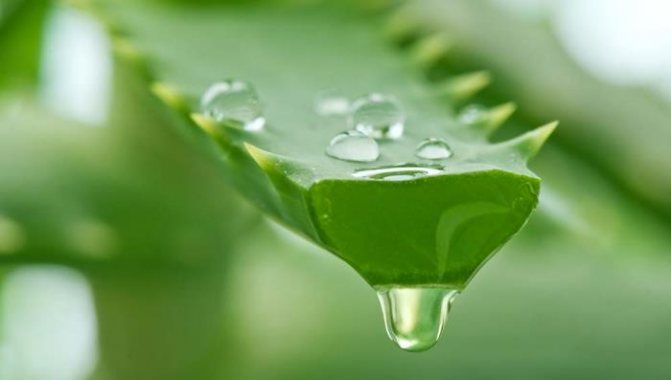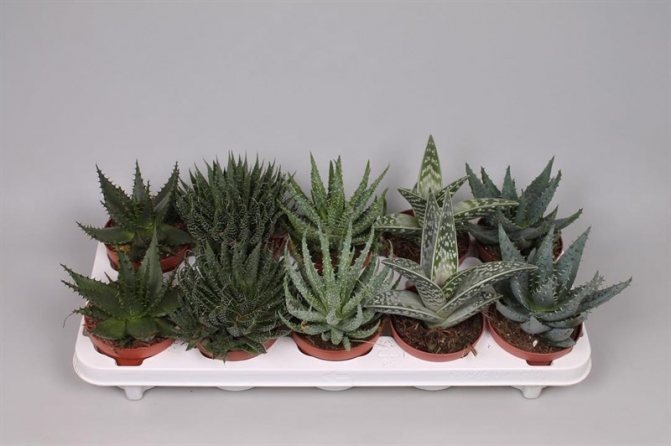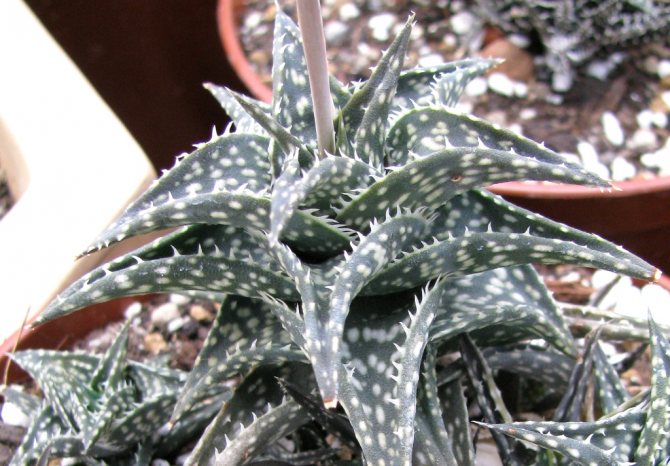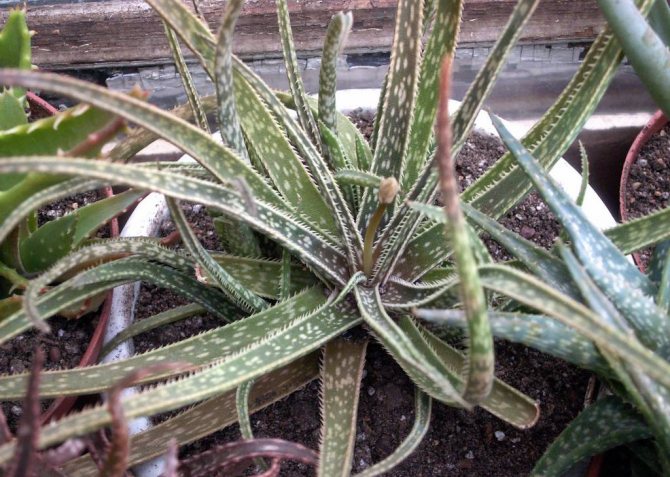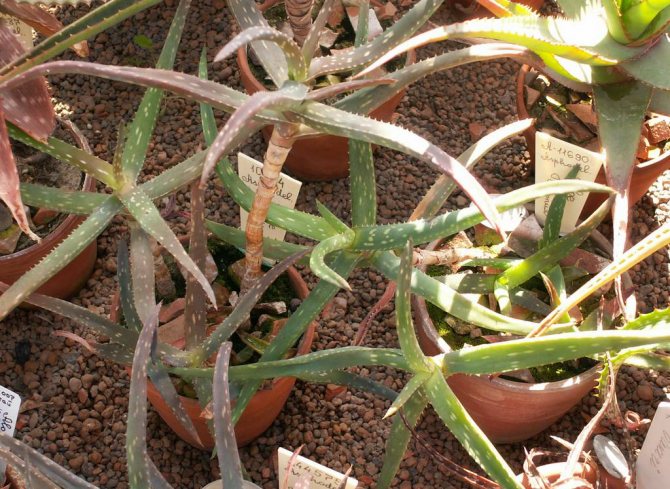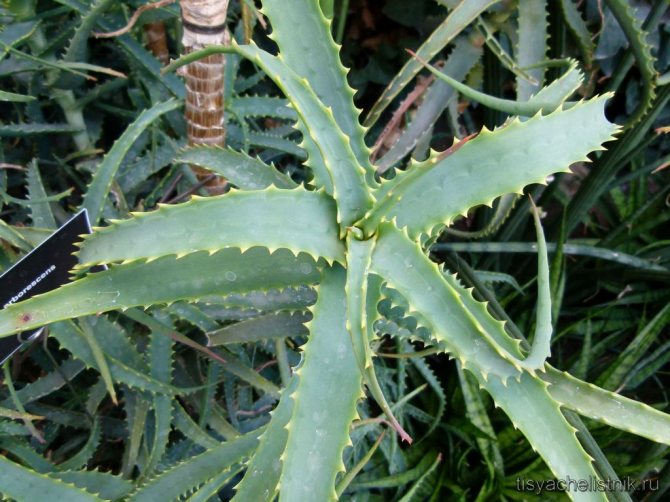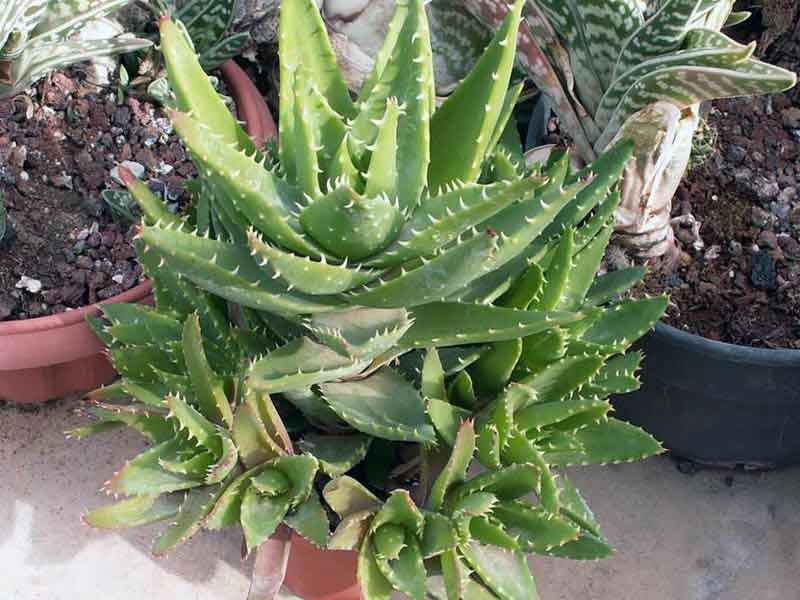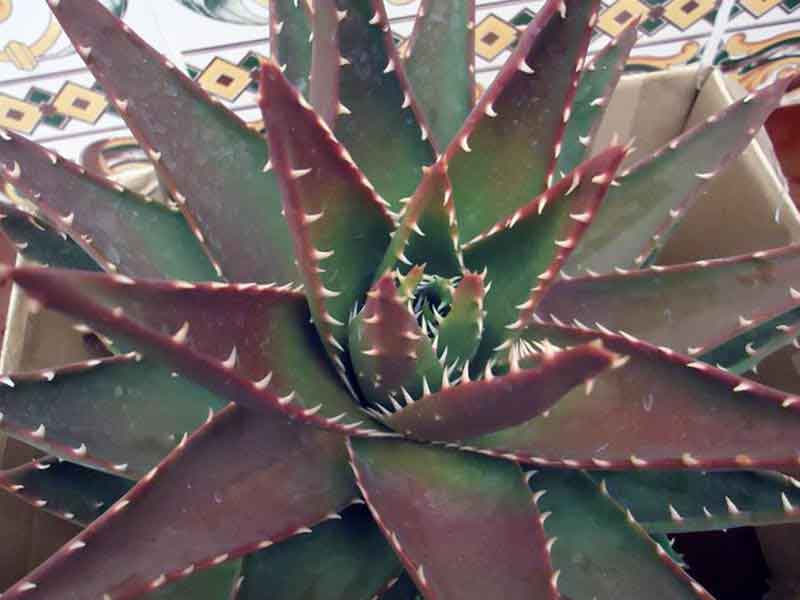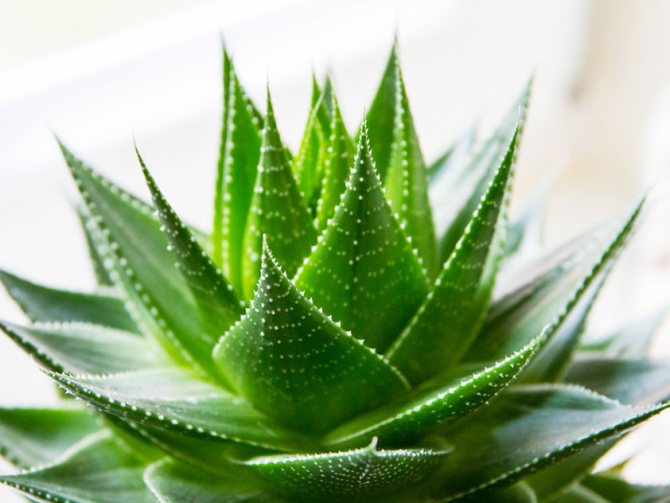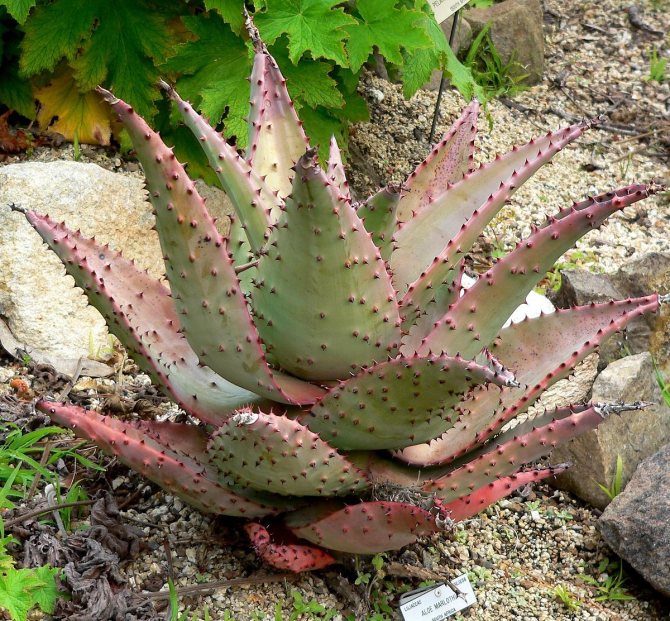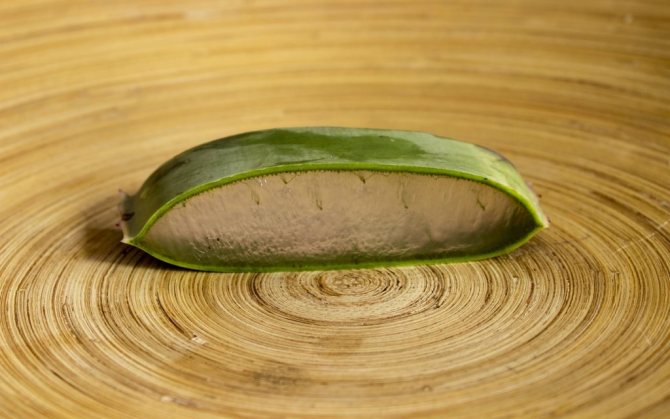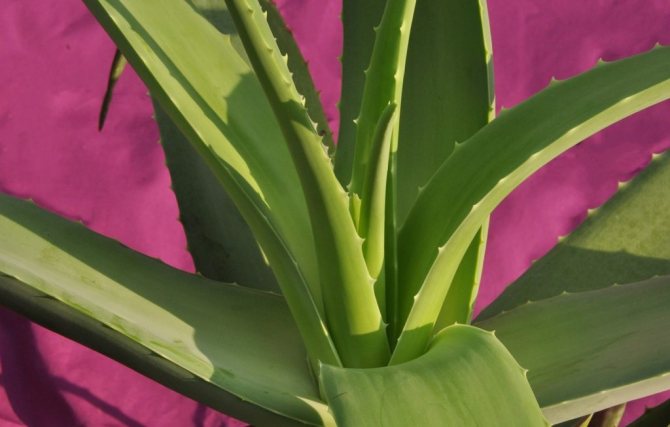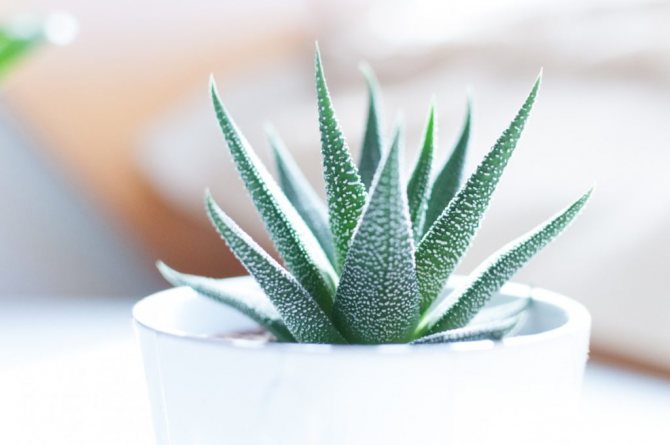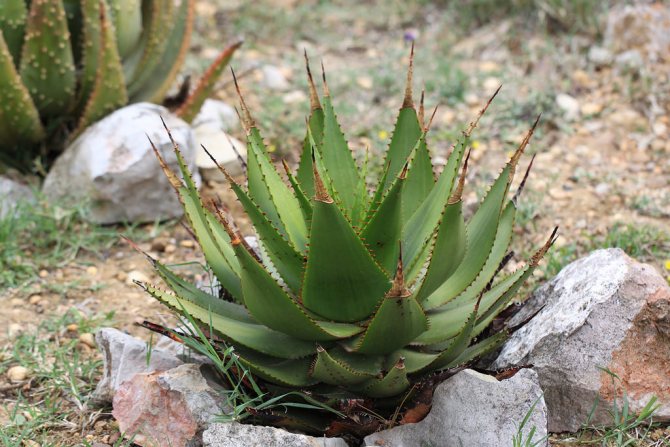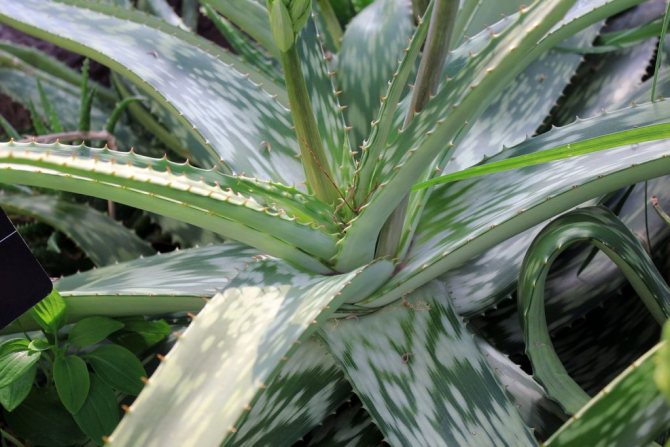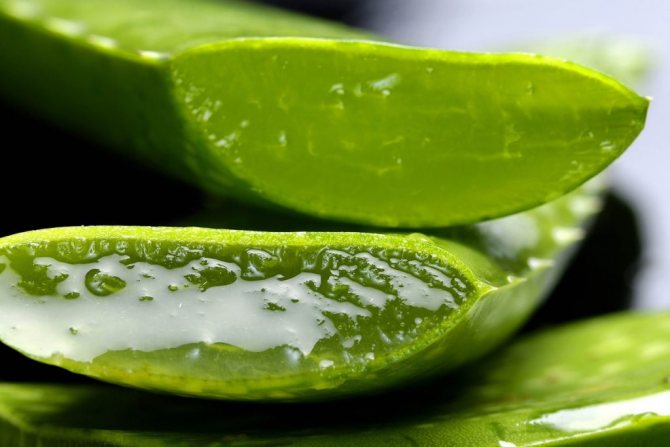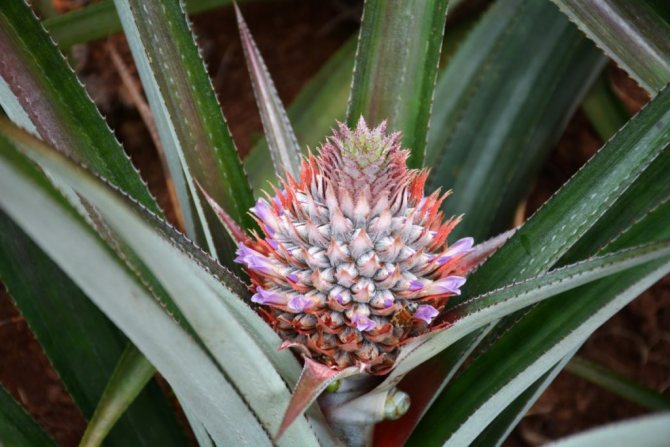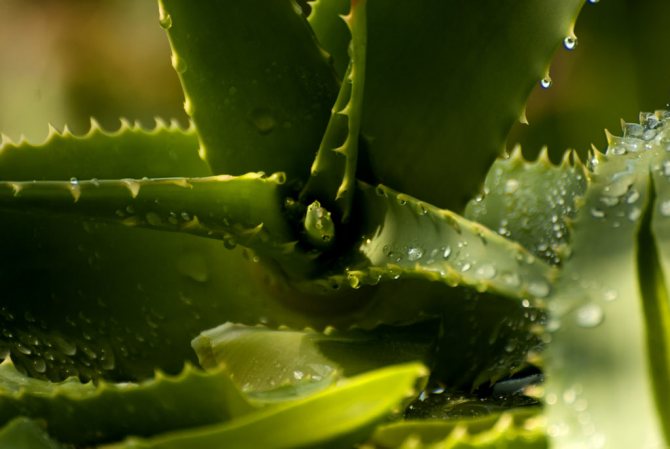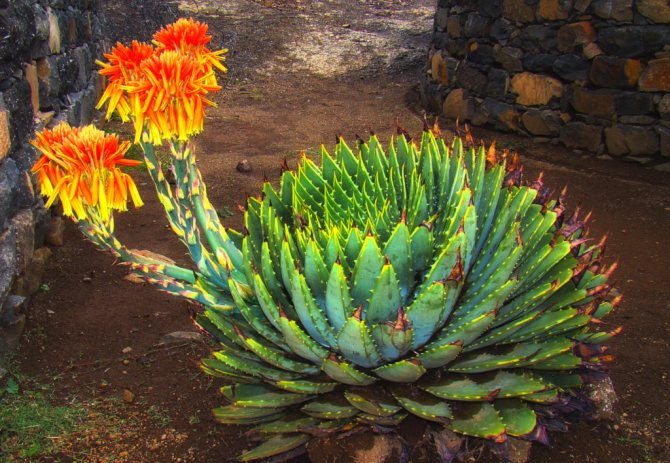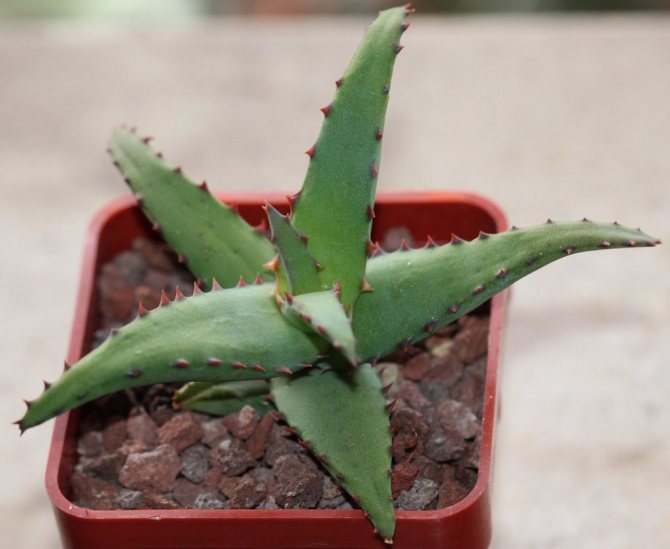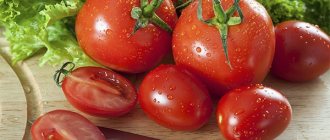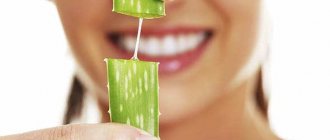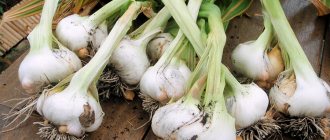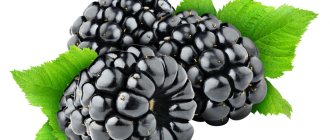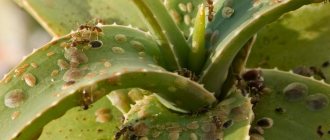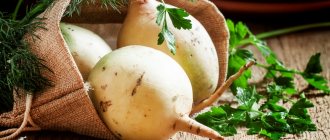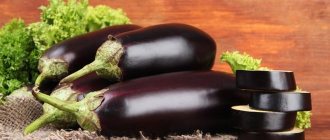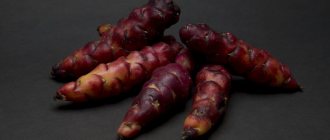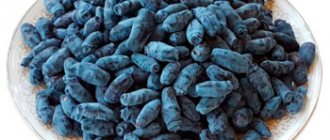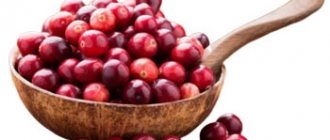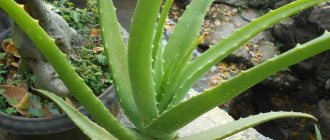Aloe is a genus of succulents with about 500 species. He is ranked among the Asphodelov family. Most of the representatives of the genus grows on the African continent and on the Arabian Peninsula. Among them, about 15 species have medicinal value. The most common of these are aloe tree, or agave, and aloe real, known as aloe vera. Man has been using them for cosmetic and medicinal purposes for several millennia. Scientists are still discovering new beneficial properties of plants.
Description
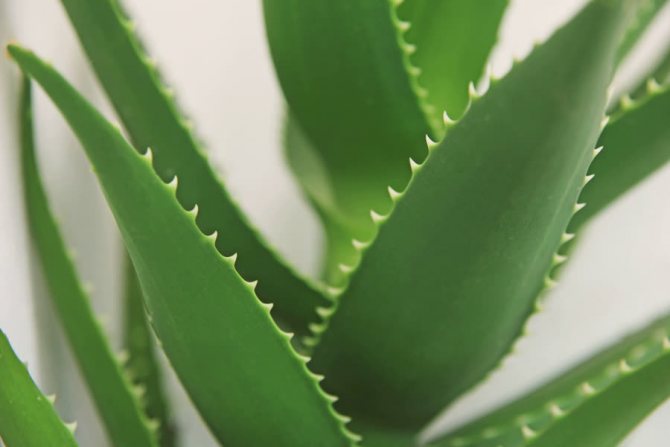
The homeland of aloe is considered to be the western part of the Arabian Peninsula, as well as the islands of Curacao and Barbados. The spread of the plant to other regions of the planet is a human merit. People quickly appreciated its benefits. Wild species reach significant sizes: its height is up to 4 meters, the length of the leaves is about one meter. Many of them have a tree-like trunk, some grow in the form of spreading shrubs. The leaves have thorns.
Aloe plants that grow in their natural environment have a straight, long, branching root. Houseplants are distinguished by a more compact bark system, which fits freely even in shallow planting containers.
Stem and leaves
The stem of the aloe is straight. On it, leaf plates, painted in a greenish-gray color, are arranged in a fan-like manner. Such a shade is given to them by a wax bloom. It does not wash off with water and helps the plant retain moisture.
Leaves are fleshy, smooth. They have a lanceolate-linear shape. On the edges are covered with sharp teeth, thorns. Their injections cause tingling of the skin, redness in a person.
Flowers and fruits
Aloe flowers are large, tubular, about 4 cm in diameter, painted in a light orange tint. They are located on racemose inflorescences, the length of which sometimes reaches 40 cm. The flowers exude a pleasant aroma and secrete nectar.
In specimens growing at home, the fruits do not ripen. Outwardly, they are triangular capsules with a large number of dark gray seeds inside.
Aloe: medicinal types and effective recipes for use
Aloe is the same "grandmother's flower" that each of us knows from childhood. And indeed, there are few families where this home healer-agave would not be grown (this is also the name of this plant). Sometimes growing to an impressive size, it often shades the window and gives trouble to owners who do not know what to do with it. But you can and should use it! Those valuable qualities that it possesses aloe medicinal, are not inherent in any other indoor plant. What types of aloe can be used for medicinal purposes, and how best to do it, we will tell you in this article.
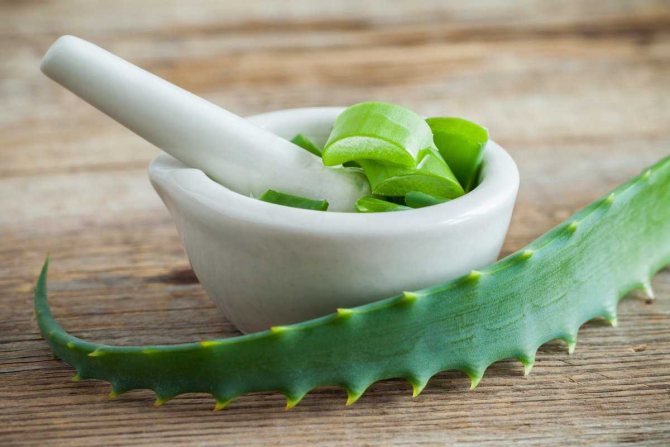

Aloe: medicinal types and effective recipes for use.
Healing properties
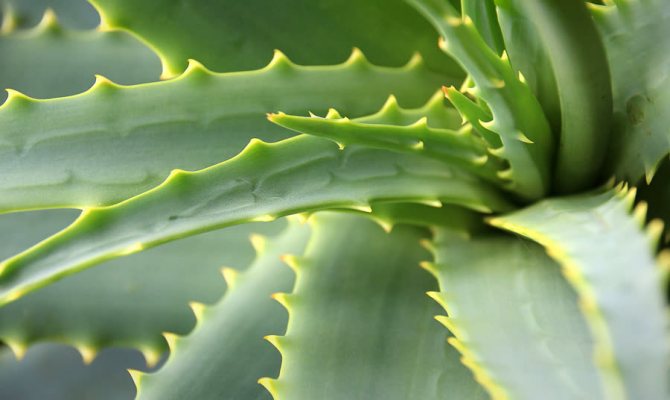

Aloe is known to be a powerful bactericidal agent. It is used against staphylococci and streptococci, as well as diphtheria bacillus. The substances contained in the plant contribute to the regeneration of tissues and cells. This property allows you to use aloe for:
- fight against inflammatory processes;
- healing wounds;
- various exposures.
In the composition of representatives of this genus of plants, scientists have discovered a special substance called barbaloin. It is a herbal antibiotic.Its properties are used for the following diseases:
- chronic gastritis;
- pancreatitis;
- colitis;
- skin diseases;
- conjunctivitis.
Aloe stems and leaves serve as sources of natural antioxidants: vitamins B, C, E. They contain a sufficient amount of beta-carotene. In the human body, this substance is converted to vitamin A.
Aloe-based preparations have a laxative effect, produce a choleretic effect, and also serve to relieve inflammation and are used in the treatment of burns. In addition, they have a beneficial effect on the state of the human digestive system: they activate the secretion of the sebaceous glands, improve the digestion process. They are used when there is no appetite.
The healing properties of aloe are determined by the following substances that make up plants:
- Selenium and zinc. Provide choleretic effect.
- Acemann, aleolitic, cinnamic, chrysophanic acids. They have antifungal and antiviral properties.
- Salicylic acid. Acts as an antiseptic. In combination with the enzyme bradykininase, it has an analgesic effect.
- Magnesium. They give a calming effect.
- The enzyme bradykininase has antiallergic, wound healing, immunomodulatory properties.
In the manufacture of pharmacological preparations and in folk medicine, aloe leaves, freshly isolated juice, as well as extract and sabur are used. The latter is the condensed sap of the plant.
Aloe composition
Its composition, indeed, is so rich that it still remains the subject of research. Here are just the main components:
- natural antibiotic barbaloin;
- tannins;
- polysaccharides;
- bioflavonoids;
- enzymes;
- resin;
- phenolic compounds;
- amino acids;
- fructose;
- glucose;
- vitamins A, E, C, group B;
- potassium;
- calcium;
- magnesium;
- zinc;
- copper.
A special combination of medicinal substances makes it possible for the plant to be widely used in medicine and cosmetology.
Application in medicine


Written sources indicate that ancient healers knew about the healing properties of aloe and applied them in practice more than three thousand years ago. Aloe-based pharmaceuticals are used in the following branches of medicine:
- Ophthalmology. The plant serves as a raw material for drugs, with the help of which they fight conjunctivitis, progressive myopia, blepharitis, as well as opacity of the vitreous humor. In folk medicine, on the basis of aloe juice, drops are prepared to treat inflammation of the upper eyelid.
- Gastroenterology. Medicines made from aloe are indicated for taking people with the following problems with the digestive system: ulcerative lesions of the duodenum and stomach, gastritis and gastroenteritis.
- Ethnoscience. Traditionally, fresh aloe juice is used as a remedy to combat non-healing wounds, inflammation in the oral cavity, and radiation damage to the skin.
The plant can be used for lesions of the broncho-pulmonary system: tuberculosis, bronchial asthma. With its help, the menstrual cycle is regulated.
In medical practice, various dosage forms based on aloe are used:
- Aloes. This is the name of the evaporated juice from the leaves of some varieties of aloe. It has choleretic and laxative properties. In countries with a tropical climate, this form is obtained by spontaneous release of juice from the cut parts of the plant. In addition, sabur is produced using special presses. The squeezed juice is evaporated to dryness. It is used to improve digestion and fight constipation.
- Fresh Juice. The range of problems with which this tool is struggling is extremely wide. These are various diseases of the gastrointestinal tract: colitis, gastritis, pathology of the biliary tract.In addition, fresh juice helps with lesions of the skin and mucous membranes: burns and wounds, radiation injuries, cracks, acne, inflammation of the gums and nasopharynx.
- Aloe liniment. The dosage form is indicated for patients undergoing radiation therapy. It serves as a prophylaxis and means of combating skin lesions.
- Liquid extract. It is used for gastric ulcer and duodenal ulcer, chronic gastritis, as well as eye diseases. It is administered subcutaneously.
- Extract according to Fedorov, eye drops. It is intended for patients with myopia, blepharitis.
- Syrup. Helps fight diseases of the gastrointestinal tract, both chronic and acute. Taken before meals.
The use of aloe in cosmetology
The juice and pulp of aloe leaves are part of many cosmetic preparations that perfectly moisturize and restore the skin, penetrate deeply inside and stimulate regeneration, slow down skin aging, eliminate pustules and rashes, relieve itching and irritation. Aloe is a part of cosmetics for the prevention and treatment of the following skin imperfections: acne, dry skin, wrinkles, age spots.
Aloe juice is added to shampoos and hair conditioners. Cosmetologists strongly recommend moisturizing your skin with aloe-infused products after each prolonged exposure to the sun. Scented soaps, gels and shower conditioners based on aloe juice not only cleanse, but also heal dry or inflamed skin. Lipstick with agave juice heals chapped lips.
Self-preparation of face masks
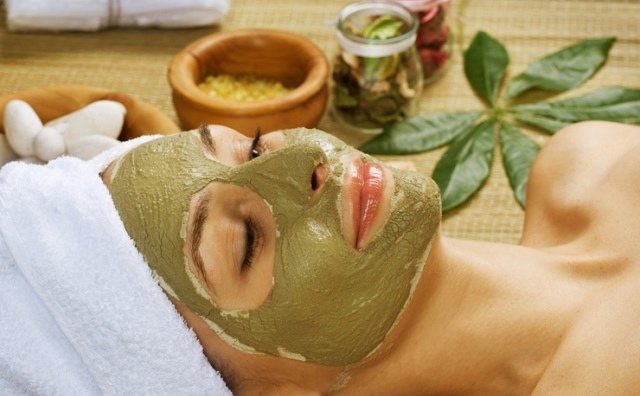

At home, you can make your own natural face masks.
For self-preparation of aloe-based face mask, the largest lower leaves of an adult, four to five year old plant are cut off. Be sure to clean them of dust and dirt, scald with boiling water. If you don't have a plant, but you brought the leaves from a friend, then wrap them in a damp cloth and store them in the refrigerator for up to two weeks. By the way, the gel from such leaves turns out to be more saturated and effective.
Before starting treatment with one or another self-prepared or purchased aloe-based product, we recommend that you check it for allergies. Apply some medicine to the crook of your arm, wait a little. If no reaction occurs, the product can be used. All additional components for making homemade masks and creams, we recommend mixing warm. To do this, heat oils, honey, kefir, cream and other components of the mask in a water bath to 40 grams. in glass or ceramic dishes. Apply masks with aloe juice to cleansed, slightly damp skin. It will be even better if you steam your face with a steam bath, and then apply a mask. The effect of the mask will increase if you cleanse your face with a scrub before applying it. By the way, do not forget about the neck and décolleté, they also need careful care. And it is better not to touch the eyelids and the area around the eyes - for them it is better to use special products with aloe.
Treatment of facial skin with aloe juice is carried out in courses, for two to three weeks. To enhance the effect, you can buy aloe vera drinking gel for oral administration at health food stores.
We will introduce you to the preparation of some homemade masks.
- Mix aloe juice with cream or egg white. Apply the freshly prepared mixture to your face. After 15 minutes, rinse your face with cool water or unsweetened tea. This technique perfectly cleanses the skin, moisturizes and regenerates it.
- If you apply freshly squeezed juice to well-steamed and cleansed skin of the face and neck before going to bed, but in the morning your face and neck will look fresh and healthy.
- It's not a bad idea to wipe your face with a piece of fresh aloe leaf every morning. Just peel off the skin and rub the pulp over your face.One leaf in the refrigerator can be stored for no longer than three days. Then cut a new one.
- For mature skin, you can prepare the following mask: mix 2 tbsp. tablespoons of sour cream + 1 tbsp. spoon of honey + 2 tbsp. spoons of aloe. Heat all components to 40 gr. Apply the mixture to cleansed skin for 15 minutes. Then rinse with cool water. After such a face mask, they arrange a contrasting wash, alternating between cold and warm water.
- We also recommend you a rejuvenating aroma - face mask. For its preparation, mix 2 - 3 tbsp. tablespoons of aloe pulp with droplets of rose and lemon essential oils. Apply the mask to a clean face for 15 minutes, then rinse with cool water.
- For oily skin, we recommend trying the oatmeal mask. For this, 2 tbsp. tablespoons of oatmeal are ground in a coffee grinder, add aloe juice 2 tbsp. spoons plus the juice of one medium cucumber plus 1 egg white. This composition is applied to the face for 20 minutes, then washed off. After a week of taking such a mask, the pores will noticeably narrow, the face will lose its oily sheen, acne will disappear.
It may be interesting: Violet at home: benefits, signs and superstitions
Daily rubbing with cosmetic ice with aloe juice is very useful for the skin. It is prepared as follows: first of all, a decoction of the herb is prepared, suitable for your skin type. For example, for dry skin, it can be linden, raspberry or rose petals, and for oily skin - calendula or oak bark. Add a few tablespoons of fresh aloe juice to the cooled and strained broth. Pour the mixture into molds and place in the freezer for cosmetic ice. During the morning wash, wipe your face with a piece of ice, do not use a towel after this procedure - let the nutrients saturate your face as much as possible.
It is advisable to add fresh juice with ready-made cosmetics, since all preparations based on aloe contain a low concentration of it. In order for the effect of the use of such drugs to increase, it is necessary to increase the concentration of nutrients by adding fresh natural aloe juice to the finished cream. This is most relevant for mature skin - it really needs help to keep it in good shape.
Freshly squeezed aloe juice will help with burns. In this case, the wound should not be covered with anything - let the juice be absorbed as much as possible into the burnt skin.
To give the hair a chic look, use a mask made from aloe juice, honey and lemon juice in equal amounts (1 tablespoon each) plus one raw chicken yolk. Apply the mixture to the hair for half an hour and then rinse.
If you frequently lick or nibble on the skin on your lips, especially in the cold, your lips become chapped and chapped. You can unlearn this bad and ugly habit with the help of aloe juice. It is enough just to lubricate their lips with them before going outside, and the desire to lick them will disappear - after all, the taste of the juice of this plant is quite bitter. And wounds and inflammations on the lips will quickly disappear.
This same technique can be used to stop children from pulling their fingers into their mouths and biting their nails. Aloe juice is absolutely harmless and in small doses will not cause any negative consequences in the child.
Contraindications
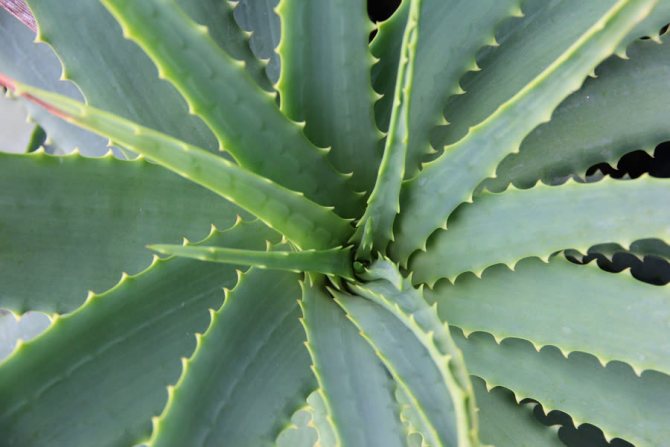

Drinking the sap of the plant can cause poisoning. In this condition, the following can be observed:
- indigestion, diarrhea with bloody discharge;
- inflammation of the intestines;
- in some cases, hemorrhagic nephritis.
Pregnant women should be very careful when taking aloe-based products. Poisoning can result in miscarriage.
American scientists have conducted studies on rodents. The reactions to the intake of aloe extract inside have been studied. As a result of experiments that lasted for several years, benign and malignant intestinal tumors were revealed in rats. Local application of the agent is still considered safe.
Contraindications for the use of aloe preparations are:
- acute forms of diseases of the digestive tract;
- hypertonic disease;
- heart failure and other serious pathologies of the cardiovascular system;
- severe damage to the kidneys, liver;
- internal bleeding: intestinal, gastric, uterine;
- period of menstruation;
- pregnancy;
- exacerbation of severe infectious pathologies;
- hemorrhoids;
- individual intolerance;
- lactation period;
- elderly age.
Under the age of 3 years, only external use of aloe-based products is allowed.
Taking aloe juice can cause disturbances in the activity of the gastrointestinal tract: heartburn, abdominal pain, diarrhea. Sometimes blood may appear in the urine, there is a feeling of weakness, and the heart rhythm is disturbed. It is better not to use the remedy before bedtime.
Aloe-based ointments have fewer contraindications in comparison with products intended for oral administration. They can be used during pregnancy, they are allowed for children from the age of one.
Aloe extract has a bitter taste. The substance aloin gives it to the product. It is an alkaloid found in the skin of a plant and has carcinogenic properties. It is added to laxatives and dietary supplements. Aloin is safe in low dosages and occasional use. However, when making aloe juice, the leaves must be peeled.
Juice, extract, sabur, syrup can be taken in a strictly indicated dosage. Otherwise, the effect of their use may be the opposite.
Medicinal type Aloe arborescent
Aloe tree (Aloe arborescens
) can look like a tree or a bush and in nature often reaches five meters in height. The trunk is covered with long fleshy leaves with soft thorns along the edges. In an adult plant, the lower leaves fall off, and the bare trunk is covered by numerous basal offspring, making the aloe look like a spreading bush.
During the flowering of the aloe, a long panicle appears with bright orange flowers. When kept at home, it rarely blooms, and the size of a houseplant is much more modest.
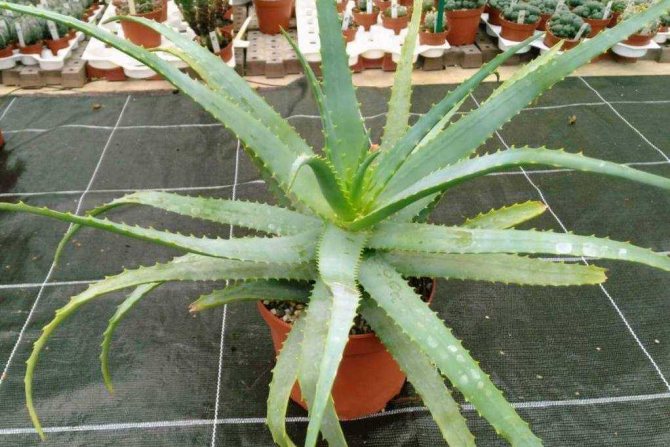

Aloe arborescens (Aloe arborescens).
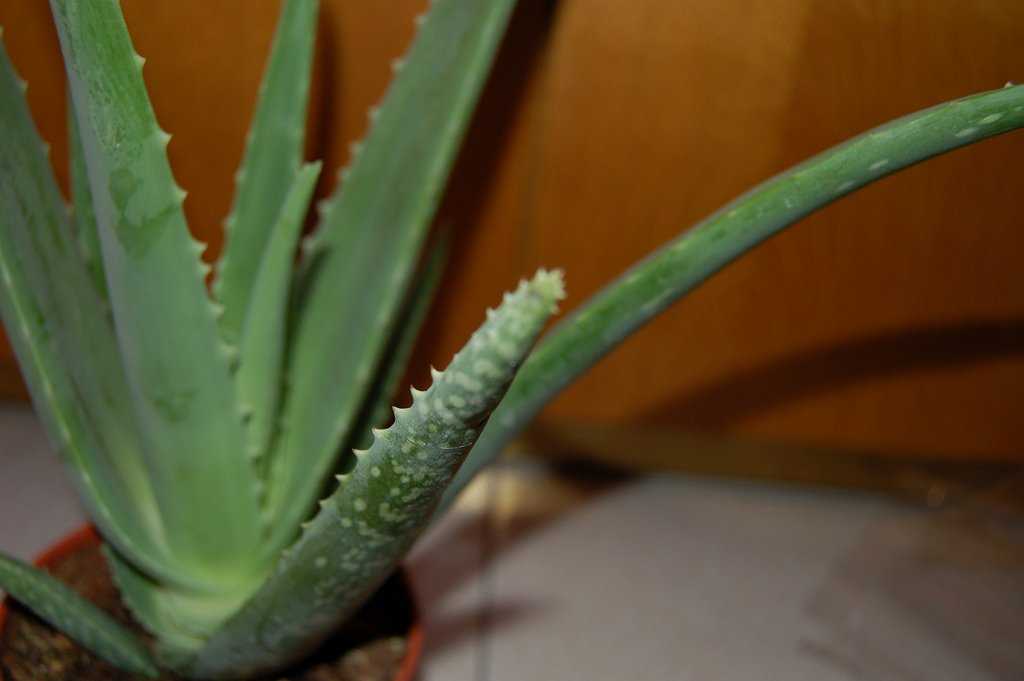

Aloe vera
Blank
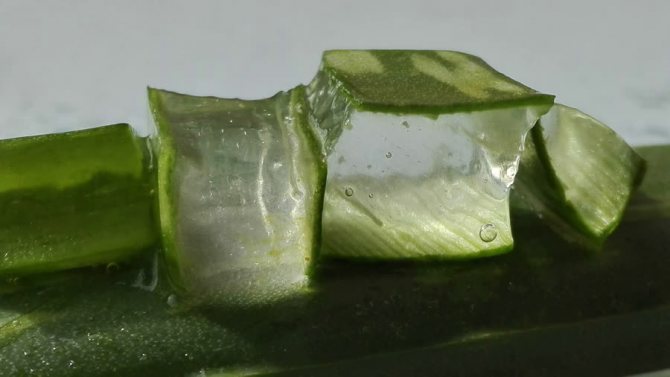

It is believed that plants that have reached the age of five are suitable for harvesting. This is the period required for aloe to accumulate the maximum amount of nutrients. For cutting, choose the middle and bottom sheet plates. They are not separated from the stem-enclosing parts; they are cut carefully to avoid damage.
Freshly cut aloe leaves are used to prepare juice, syrup, sabur and other dosage forms. But when preparing, it is important to remember the following rule: before preparing this or that product, leaf plates must be placed in the refrigerator for 12 days. This technique allows you to fully reveal the healing properties of the plant. If the temperature is kept at 00 C, then the leaves can be stored for 30 days.
Cut sheet plates should be kept in the cold. This promotes biostimulation: at low temperatures, vital processes slow down and simultaneously produce unique biostimulants to maintain cells in a viable state.
You can harvest raw materials at home at any time of the year.
Before placing the parts of the plant in a cool place, they are washed, dried and wrapped in foil so that it does not adhere too sweaty to the skin.
The best drying conditions are in a shaded, well-ventilated area. Leaves can be dried whole or sliced. The dried parts of the plant become wrinkled and very fragile. For permanent storage, they are transferred to cloth bags or small paper bags. The maximum permissible shelf life of dried raw materials is 24 months.
Folk remedies based on aloe
But if your own aloe flower grows at home, moreover, it is already more than three to four years old, then you can prepare the necessary medicine yourself from the juice and pulp of the leaves of your pet. You can use the leaves any time of the year when you need medicine. The main condition is that the leaves of the plant must be cut off right before the squeezing process itself, and the resulting juice should be consumed in the coming hours. Indeed, under the influence of air, aloe will quickly lose its biologically active substances.
It may be interesting: The benefits of indoor plants
Choose the most mature leaves, the ones at the bottom of the plant. The leaf is cut off at the base just before the medicine is prepared from it. If you need plant juice, it is simply squeezed out of the leaf with clean hands through a puncture, without peeling the skin, or the leaf is cut into small pieces and squeezed through clean gauze folded in several layers. The main thing to remember is that the prepared medicine must be used within a few hours after the aloe leaf has been cut, so that the benefits from its use are maximized. If you have prepared a lot of juice, then the excess juice can be preserved by mixing it with alcohol in a ratio of 8: 2. Store in a cool, dark place.
The full benefits of aloe juice are manifested in diseases such as:
- heartburn, colitis, constipation;
- cough and asthma;
- colds, runny nose, sinusitis and pharyngitis;
- toothache and eye pain;
- with acne and calluses.
For pulmonary diseases, stomach ulcers and constipation, a biostimulator can be prepared from the leaves of an adult, four to five year old agave. The flower is not watered for two weeks before use. Cut off about half a kilogram of fleshy juicy aloe leaves from the plant, clean them of dust and dirt. Recall that for the preparation of the medicine, already adult leaves are needed, up to 15 cm long, the tips of which have dried out a little. Young leaves have much less nutrients, it is better not to touch them - let them grow. The cut leaves are wrapped in a damp cloth and placed in the refrigerator for three to four days. Then they take it out of the refrigerator and grind it in a meat grinder or using a blender. Add to the mixture half a liter of red wine and honey, heated a little in a water bath. You should get a uniform consistency. Store the medicine in a sealed container in the refrigerator. Take three times a day as follows:
- in the first week - 1 tsp. an hour before meals;
- in the second week - 1 tbsp. l. an hour before meals;
- in the third week - 1 tsp. an hour before meals.
After a one-week break, it is advisable to repeat the three-week course of treatment.
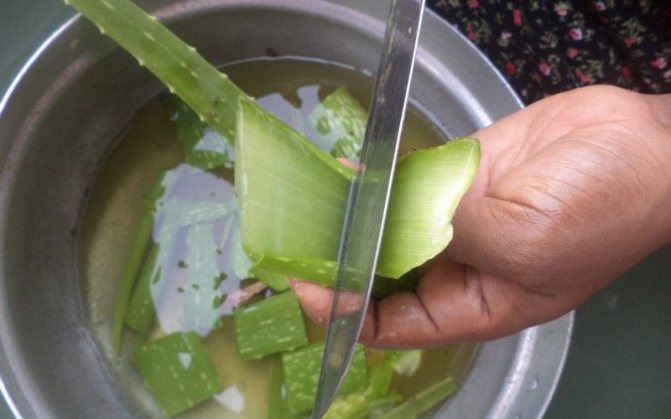

Aloe with honey helps with bronchitis
A very useful mixture of aloe with honey. There are many options for preparing this mixture, because the healing properties of aloe and honey are enhanced when they are harmoniously mixed. You should know that only freshly squeezed juice or a freshly cut aloe leaf and natural honey are used to make the medicine. Here are some tips for using the wonderful blend:
If you grind an aloe leaf, boil it in a little water for about ten minutes, cool and add a little honey, you get a medicine that relieves fever, helps at high temperatures. It should be taken in a teaspoon several times during the day.
- For the treatment of cervical erosion, tampons with aloe juice and honey are successfully used.
- With tuberculosis of the skin, dermatitis of the scalp, compresses of aloe and honey juice diluted with water help well.
- A mixture of aloe, honey and Cahors in the proportion: 300 gr. aloe + 10 gr. natural honey + 700 gr. Cahors, - insist in a dark place for a week and take 1 tbsp. spoon half an hour before meals for two weeks with such pulmonary diseases: bronchitis, colds, tracheitis, asthma, tuberculosis, whooping cough.
- For purulent non-healing wounds and burns, apply raw pulp cut along a leaf of the plant to the affected area of the skin.
- Raw aloe vera pulp is applied to areas affected by eczema and psoriasis.
- Crushed flower leaves cure periodontal disease.
Also, the flower is part of the therapeutic food. So, when the body is depleted, it is very useful to ingest a multivitamin mixture containing, in addition to aloe juice, lemon juice, honey and walnuts. They take everything in equal amounts, for example, 100 grams each. The mixture is taken in 1 tsp. half an hour before meals. Each component in this mixture will benefit.
In case of gastrointestinal disease, you can simply cut off a piece of leaf about 5 cm from the aloe flower in 30 minutes before each meal and eat it. The same effect will be if you replace a piece of leaf with its freshly squeezed juice in the amount of 1 teaspoon. But we remind you that for gastritis and other diseases of the stomach, it is advisable to use aloe after consulting a specialist. With the correct dose and course of treatment, the plant copes well with pain and conquers disease.
With low acidity, you can prepare the following medicinal mixture: 0.5 kg of butter, aloe leaves and honey plus 50 gr. cocoa is mixed until smooth. The mixture is placed in a non-hot oven, where it languishes for 4 hours, then the cooled mixture is transferred to glassware and stored in the refrigerator. This medicine is used according to 1 st. spoon before meals three times a day. The finished mixture is enough for the course of treatment.
It may be interesting: The benefits and harms of Oleander, legends and superstitions
With increased acidity, they drink aloe juice in combination with potato juice and honey, all in equal proportions. This mixture is drunk a teaspoon three times a day before meals.
Aloe with honey, hazelnuts, butter and cocoa is taken orally for tuberculosis, adrenal insufficiency and thyrotoxicosis.
Aloe juice with walnuts and lemon is part of a therapeutic diet for diabetes and malnutrition, normalizes blood glucose levels, prevents plaques on the walls of blood vessels, stabilizes metabolic processes, reduces cholesterol levels, normalizes digestion, and restores strength during rehabilitation.
The sap of the plant is successfully used for catarrh of the nose. A few drops of fresh flower juice are instilled into each nostril. The mucous membranes of the nose are cleared, the inflammation is removed.
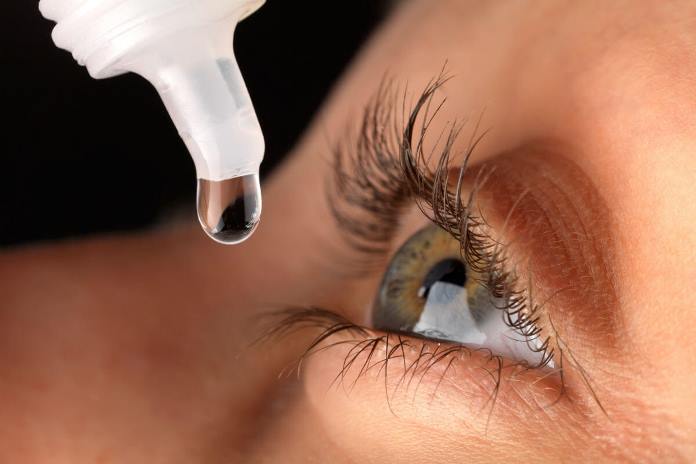

Aloe is also used to create eye drops
For the treatment of eye diseases, extracts from aloe juice are often present in medicines. At home, use aloe juice diluted with water. Take one leaf or part of aloe leaf (approximately 200 g), grind it, pour boiling water over it and cook for ten minutes. Cool, filter and wash the eyes with a warm solution several times a day. When flushing, it is important to observe basic sanitary and hygienic standards. There may be a slight tingling sensation in the eyes during rinsing, but this should go away quickly. The same broth is used for the treatment and prevention of myopia, conjunctivitis, keratitis, with clouding of the lens.
With the same juice diluted with water, you can wash long-decaying, non-drying wounds.
Powders are prepared from aloe leaves at home. Clean leaves are dried and ground into powder. This free-flowing product has antiseptic properties and promotes the healing of wounds that do not heal for a long time. It is used for purulent eczema, trophic ulcers and lichen. The sore spot is disinfected and sprinkled with aloe powder.
I would especially like to talk about the benefits of regular consumption of aloe for men. Their potency improves, the nervous system is strengthened, digestion is normalized, the fungus is cured, sweating of the legs decreases, viral diseases disappear.
Taking drugs with aloe for women helps to preserve their beauty and healthy youth for many years. Aloe ampoules are beauty injections. The drug is injected subcutaneously and not only improves the appearance, but also improves the health of the woman.
To reduce excess weight, you must consume fresh aloe juice daily for two weeks. Drink 1 tbsp. spoon before breakfast and dinner 15 minutes before meals. To enhance the beneficial properties, it is recommended not to water the plant for two weeks, and then keep the cut leaves in the refrigerator.
Caring for a potted plant at home
In warm countries, the plant is grown in the open air. However, in the strip with cold winters and short sunny days, there are many who want to grow this flower. For many, agave and aloe vera grow at home in a pot.
Illumination and temperature conditions
Indian bow - what is it, what it looks like
The southern flower needs good lighting. Access to light guarantees the constant growth of the fleshy, juicy leaves. Aloe vera pots should be on the south side of the room. In the summer, it is recommended to take the pot out to the balcony so that the flower receives more ultraviolet radiation. In winter, the bush is additionally illuminated with a lamp. Due to the lack of light, the plant stretches and fades.
For the winter, the succulent goes into a dormant state. He is transferred to a room with a temperature of about +14 degrees. The plant owner should avoid drafts in this room.
Attention! You need to know that aloe vera is a plant that requires a lot of light. If there is not enough natural light in the room, you need to put a lamp next to the pot.
Young shoots need to be shaded so that the bright sun does not burn the leaves, as they grow, lighting is added.


Lamp for additional lighting
Watering rules and humidity
The flower does not like excess moisture, watering should be moderate, as the soil dries. There must be good drainage at the bottom of the pot to ensure good aeration of the soil. In winter, the volume of water for irrigation should be 2 times less than in summer, more frequent leaving will not be beneficial.
From March to September, water is watered 1-2 times a week, depending on the rate of drying of the earth. During the rest period, no more than 1 time per month, periodically loosening the soil.
Sword-shaped leaves should be moistened by wiping with a damp cloth. It is not worth sprinkling the plant from a shower or sprayer. This can lead to stagnation of moisture at the base of leaf growth. If water gets into the sockets of the inflorescence, it must be removed from there.
Top dressing and soil quality
Aloe vera is fed in the summer, the plant is at rest in winter. Fertilized with minerals once a month from April to September. You can also feed with complex fertilizer for cacti.
Important! If the plant is grown for medicinal purposes, only organic mixtures are added. Top dressing is introduced after thoroughly moistening the earth.
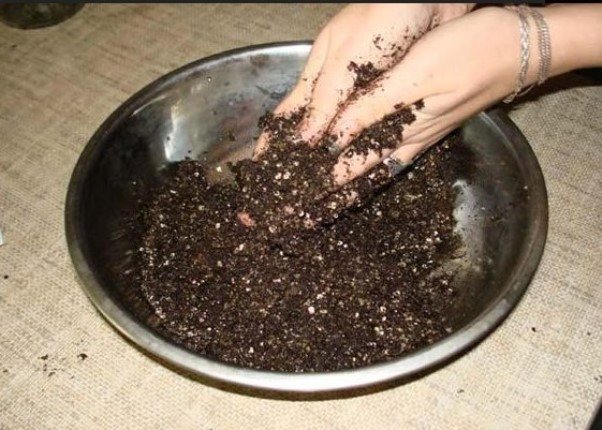

Substrate for succulents
The crop prefers cactus soil, which can be purchased at a garden store. It can also be called as a substrate for succulents. But you can prepare the ground yourself. To do this, mix 40% of ordinary earth, 30% of light soil, 15% of sand and 15% of humus. As a result, you need to get a slightly acidic earth (if necessary, it is deoxidized with ash).
Flower container size
It is better to take a clay pot for a succulent, it does not heat up in the sun and will allow the bush to grow freely. It is better to take a container that is elongated in width. This will make the massive bush more stable and prevent it from falling on its side.
After the plant has formed a dense root part, it must be transplanted into a pot 20% larger than the previous one. Otherwise, the bush will not be able to receive sufficient nutrition from the depleted soil, the roots will not be ventilated.
Pruning and replanting
Periodically, rejuvenating pruning is carried out, old and damaged leaves, peduncles are removed after the flowers have fallen off. The elongated leaves are pinched to form a compact, squat bush.An unkempt flower will look unsightly, taking nutrients into old leaves.
If the crown is already 2 times larger than the container in which it grows, you can safely transplant aloe. The transplant is done often, since the bush grows quite actively. Young plants are transplanted annually because the root system forms quickly and pot space may not be enough. An adult formed bush is transplanted every 3 years.
Important! A dense lump of roots indicates that the plant is cramped in the pot and it is time to transplant it into a more spacious container.
The new container should be 1/5 larger than the previous one.
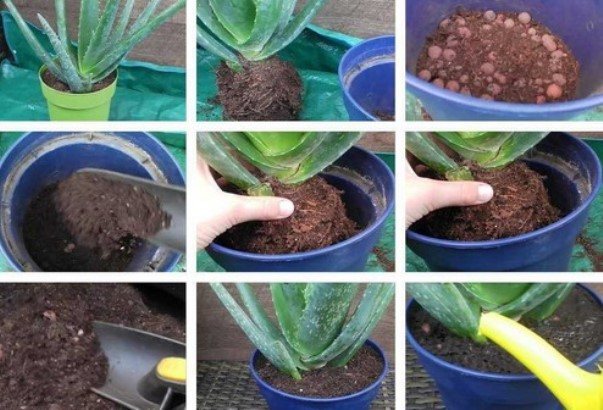

Aloe Vera Transplant
The bottom of the pot is laid out 2 cm with drainage, which can be expanded clay, pebbles, charcoal. Half of the container is covered with prepared enriched soil and a bush is planted in it. Pour the pot up to the top with earth, water the plant.
Origin and area
The homeland of this magic healer is considered to be East and South Africa, where a dry extract - sabur is obtained. It can be stored for a long time without losing its medicinal properties. The plant grows well in heat and drought conditions.
This climate is typical for Morocco, Egypt, India, South America, Australia, where aloe is found most often. Thanks to the fleshy and dense leaves, it is able to do without moisture for a long time. A developed root system instantly absorbs moisture from the soil during rains.
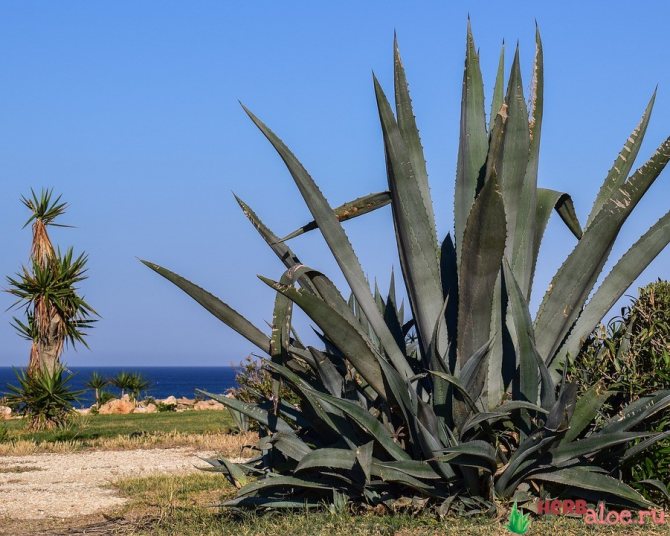

Scientists count about 500 varieties of this succulent, which have spread throughout the world. Not all types of aloe are suitable for home cultivation. Indoor plants of this type should include:
- Aloe Barbados, or real aloe
- Aloe tiger (spinous)
- Aloe variegated
- Aloe tree, or agave
Tiger or variegated aloe is most often bred for decorative purposes. These plants are unpretentious to care for, have a bright color, attractive appearance. For medicinal purposes, an agave or aloe vera should be planted.
Flowering and dormant period of aloe vera
Verbena, what is it: yellow, grass, perennial or annual
Blooming aloe vera in home walls is not easy to achieve. It is necessary to create favorable conditions - a warm room and good access to light. They begin to cook the tree in winter, leaving it in the cold at temperatures up to +14 degrees. In April, they are taken out to a sunny warm place, actively fertilized. Aloe blooms throughout the summer season, after the flowers shedding, the peduncle must be removed so that it does not draw out juices from the plant.
Recommended! To induce a succulent to bloom, you need to create a temperature shake for it. The winter temperature regime should be significantly different from the summer one.
The main care is in the summer, when the plant is actively developing. In winter, aloe vera is left alone - they do not carry out transplants, dressings, watered once a month. The bush should be in a cool room with good lighting.
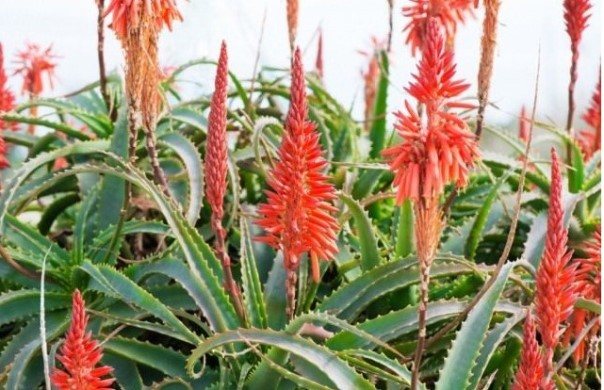

Aloe bloom
When to collect and how to store aloe
Aloe leaves and sabur (gelatinous juice) obtained from them are used as medicinal raw materials. The collection of leaves is carried out several times a year, cutting off the lower and middle ones with a length of 15 cm.
Then three types of raw materials are obtained: dry leaf - Folium Aloes arborescens siccum, fresh leaf - lat. Folium Aloes arborescens recens, fresh lateral shoot - Cormus lateralis Aloes arborescens recens.
In the case of a fresh leaf, they are collected during the summer from 2-4-year-old plants and used for the manufacture of medicines within a day after harvest or after conservation (kept in the dark at a temperature of 4-8 ° C for 12 days).
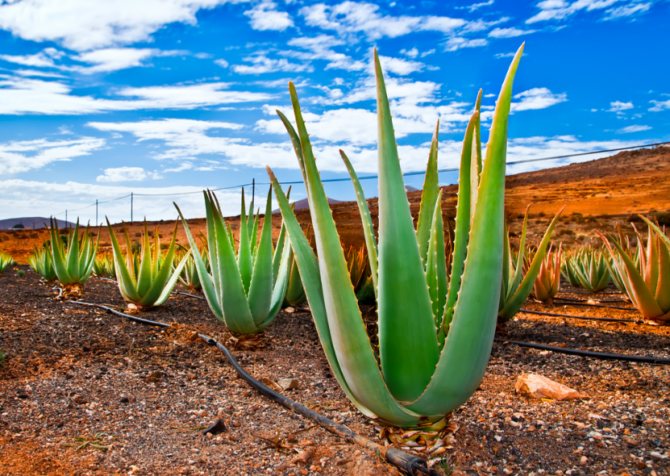

In this article I will talk about the ALOE VERA plant (what kind of plant it is and where it grows, its biochemical composition and amazing effects on the body, in a word, about the benefits of aloe vera). Aloe— genus succulentplants containing over 500 speciescommon in Africaand on the Arabian Peninsula... Succulents- plantswith special fabrics for water storage.
CThe most famous representative of this genus is aloe vera ("Real aloe"). Its botanical name is Aloe Barbadensis Miller (Aloe barbadensis miller).
This plant is similar to a cactus with a short stem and thick, thorny, fleshy leaves,
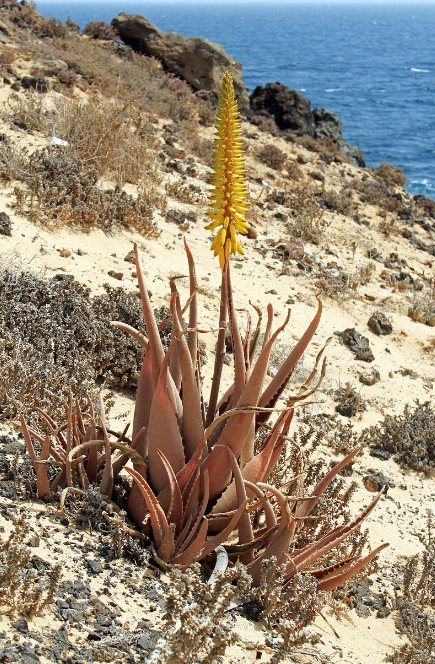

collected in a basal rosette, reaching a diameter of 60 cm. During flowering, the plant releases a long stem, on which bright yellow flowers appear. The leaves of an adult plant of aloe vera can reach 60–90 cm in length, their size at the widest point is 7.5–10 cm, and the weight of each leaf can reach 1.5–2 kg.
Each leaf consists of three layers: Inner - transparent pulp, called gel.
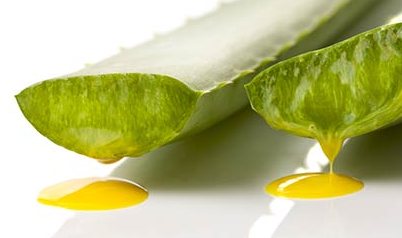

The middle layer is latex - a bitter yellow juice with a strong laxative effect. Latex drips off the sheet when cut. The outer thick layer is the rind.
Products made from a whole leaf of aloe will contain latex. Filtration and other purification processes can reduce the amount of latex in aloe vera drinks. This cleansing is sometimes referred to as "decolorization" because it removes the yellowish latex color from the beverage. Products made from peeled aloe vera leaf or aloe vera gel contain very little latex.
Aloe vera has a long history of human use! For the first time (from the discovered) a list of the benefits of aloe vera appears on a Mesopotamian tablet dated 2100 BC. Description of the medicinal properties of aloe vera is documented.An Egyptian text explains how to use aloe vera for internal and external symptoms. And this is 1550 BC! 2,000 years ago, Greek scientists considered aloe vera to be a universal panacea.The Egyptians called aloe "the plant of immortality." Today, the aloe vera plant is widely used topically and internally. There is not the slightest doubt that consuming aloe vera (assuming you are using high quality products) not only protects health, but also strengthens it remarkably.
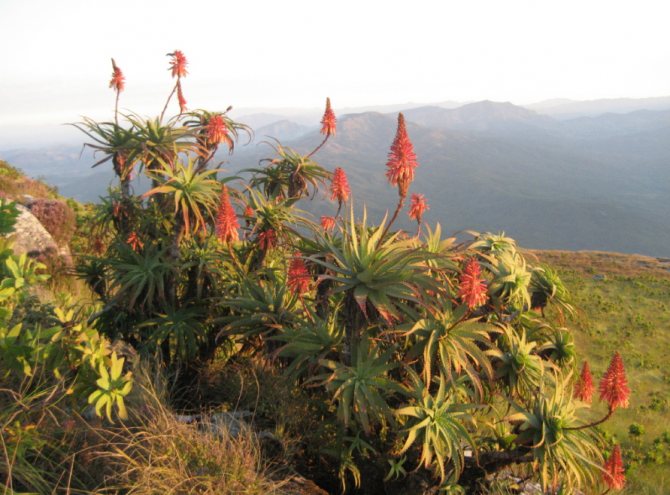

In the genus of aloe, in addition to aloe vera, aloe tree-like, which is often called "agave" by the people, also has pronounced healing and health properties. These are different plants with different properties. By enlarging the image on the left, you can see how different aloe vera and aloe tree-like in appearance are from each other. Everything that you read in this article will only concern ALOE VERA.
Today, aloe vera is grown commercially in many parts of the world, including the Americas, the Caribbean, Asia, southern Europe, Africa, Australia and


Oceania (the map shows the places where aloe vera grows in green. Enlarge the map by clicking on it).
Aloe vera is a treasure trove of nutrients and is therefore often referred to as a "superfood".
What is in aloe?
ALOE VERA contains: 20 amino acids (nonessential and irreplaceable), 12 anthraquinones, 10 enzymes, minerals, vitamins, mono- and polysaccharides, as well as lignin, salicylic acid, saponins and sterols.
Learn more about the composition.
AMINO ACIDS are the building blocks of protein. They affect the function of the brain, including the emotional background. A person needs 20 amino acids for well-being, of which only 12 the body is able to produce on its own (nonessential amino acids). It :
- alanine. It is especially needed by those who follow a diet low in fat or high in protein, as well as those with high physical activity and patients with diabetes. There are no food supplements that contain alanine.
- arginine. It is necessary for the normalization of metabolism in muscle tissue and the treatment of male infertility (arginine is contained in semen), as well as for relieving spasm of blood vessels. L-arginine helps with angina, high blood pressure, glaucoma, and also helps to build muscle mass during strength loads.
- asparagine. Essential for maintaining the balance of the nervous system. Participates in the synthesis of amino acids in the liver.
- cysteine. It helps in the release of toxins from the liver, and is also useful for cancer patients during chemotherapy. Helps remove excess heavy metals from the body.
- glutamic acid. Participates in the formation of folic acid, which is especially necessary for women's health. However, excess glutamic acid can sometimes trigger epilepsy and seizures. It is necessary to maintain the normal content of vitamin B6 in the body, because the enzyme it produces breaks down excess glutamic acid (people prone to epilepsy have to reduce its amount in the body).
- glycine. Useful for gout sufferers. promotes the breakdown of uric acid in the kidneys. And also taking glycine smoothes the manifestations of schizophrenia.
- histidine. Serves for the synthesis of histamines, which are the cause of some allergic reactions and pollinosis. Reduces inflammation in the joints in patients with rheumatoid arthritis, in whom the level of this amino acid is significantly reduced.When taken with standard anti-inflammatory pain relievers, it helps to relieve the main side effect of pain relievers - inflammation of the stomach lining.
- proline. Slows down the progression of hydration eye atrophy and accelerates wound healing. It is necessary to take proline together with vitamins B3 and C.
- serine. In people over 60, it improves memory functions associated with memorizing numbers and names for a good ten years, since it stimulates the production of acetylcholine and dopamine - the 2 main neurotransmitters responsible for memory.
- tyrosine. It synthesizes the neurotransmitter dopamine, which is deficient in patients with Parkinson's disease. Increases the effectiveness of medicines. Helps manage stress by stimulating the production of the hormone norepinephrine.
- glutamine. Accelerates the process of restoring the gastric mucosa damaged by alcohol and reduces the body's need for new doses of alcohol.
- aspartic acid. Useful for cancer patients undergoing radiation therapy, because accelerates the process of recovery of organs responsible for the production of red blood cells after radiation exposure.
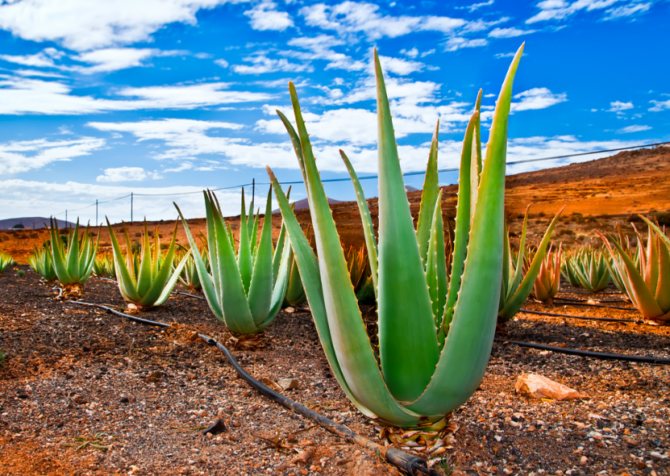

Aloe Vera contains ALL 8 essential amino acids (which are NOT produced in the body) !! It :
- isoleucine. Helps cope with CFS (Chronic Fatigue Syndrome).
- leucine. Helps cope with CFS (Chronic Fatigue Syndrome).
- lysine. The amino acid is able to cope with the causative agent of herpes.
- methionine. Helps with allergies, because reduces the content of histamines in the body. For effective assimilation by the body, it is recommended to take it together with B vitamins (B12 and folic acid).
- phenylalanine. Participates in the production of adrenaline and thyroid hormones. Promotes the synthesis of anesthetics - endorphins, as a result of which it reduces pain in sciatica and arthritis. May act as a natural antidepressant.
- threonine. Helps patients with clinical depression.
- valine. Struggling with CFS.
- tryptophan. It is responsible for the production of serotonin in the brain and is used as a natural antidepressant. With insomnia, depression, constant hunger and attention deficit disorder, patients have low serotonin levels. A double-blind study conducted on a group of 20 obese patients who took 900 mg of tryptophan daily showed significant weight loss and decreased hunger, especially for carbohydrates.
12 ANTHRAQUINONS found in aloe vera:
- aloetic acid - a natural antibiotic.
- aloe-emodin - bactericidal action.
- aloin - analgesic, antibacterial, antiviral effect.
- anthracene - antibiotic, anti-inflammatory effect.
- antranol is a natural antibiotic.
- barbaloin - pain reliever, antibiotic.
- chrysophanic acid - antifungal effect on the skin.
- emodin - bactericidal effect for skin diseases, antiviral effect and analgesic effect.
- cinnamic acid esters - pain reliever, antibiotic.
- essential oil - pain reliever.
- isobarbaloin - pain reliever, antibiotic.
- resistanol - bactericidal effect.
Anthraquinones stimulate the digestive system (strengthen the muscles of the digestive tract), in addition, they have powerful analgesic, antiviral, antibacterial and antifungal effects. Anthraquinones are often removed from commercial aloe products. The industrially established limit for anthraquinones inaloe for non-drug use is 50 ppm or less.
10 ENZYMES (enzymes) are found in aloe vera. It :
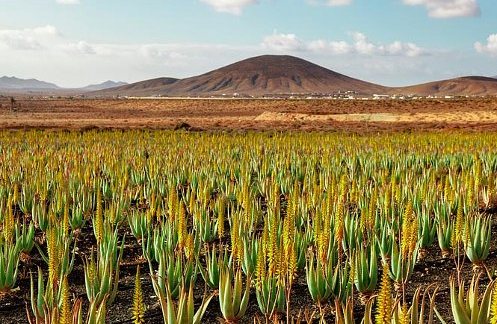

- amylase. One of the two main digestive enzymes, it breaks down sugars and starches.
- bradykinase. Stimulates immunity, has analgesic and anti-inflammatory effects.
- catalase. Prevents the accumulation of water in the body.
- cellulase. Helps digest fiber.
- lipase. Helps digest fats.
- oxidase
- alkaline phosphatase.
- protease. Breaks down proteins into their constituents.
- creatine phosphokinase. Speeds up metabolism.
- carboxypeptidase.
Enzymes are accelerators of reactions in the body. They act on nutrients supplied with food for their successful assimilation by the body, for example, they break down proteins into amino acids. Thus, enzymes convert our normal food into "fuel" for every cell in the body, allowing cells and organs to function successfully. The "fuel" for the enzymes themselves are vitamins and minerals! For example, the body cannot break down and assimilate proteins without zinc and vitamin B6. And vitamins B1, B2, B3 are important for energy production.
LIGNIN found in the cell walls and intercellular space and helps the nutrients of aloe vera to penetrate deeply inside.
MINERALS The main ones are:
- calcium. Responsible for the formation of teeth and bones, for muscle contractions and the normal functioning of the heart and nerve cells.
- chrome. Essential for the formation of teeth and bones, for muscle contractions and the normal functioning of the heart and nerve cells.
- copper. It is part of erythrocytes, hair and skin pigments.
- iron. It is a part of hemoglobin in erythrocytes, is involved in the transport of oxygen to the cells of the body.
- magnesium. Strengthens teeth and bones, supports muscle function and the functioning of the nervous system, increases the activity of enzymes.
- manganese. Increases the activity of enzymes, participates in the formation of bones, nerve endings and other tissues.
- potassium. Regulates the body's water balance.
- phosphorus. Participates in the formation of bones and teeth, helps to maintain them in good condition. Accelerates metabolism, maintains a normal level of acidity (pH) in the body.
- sodium. Regulates water balance, ensures the normal functioning of the nervous and muscular systems, participates in the delivery of nutrients to the cells of the body.
-zinc. Contained in many tissues and enzymes, accelerates wound healing; essential for maintaining good health, normal growth, high mental alertness, the formation of healthy teeth and bones, the maintenance of good skin condition, and the functioning of the immune, digestive and reproductive systems.
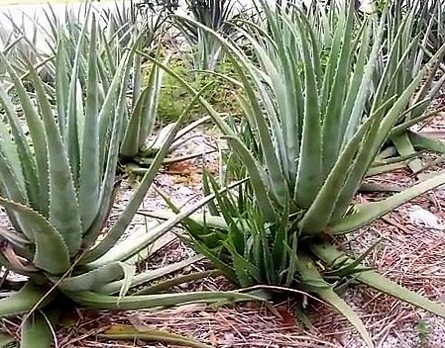

MONO- and POLYSACCHARIDES (glucomannans).
Monosugar, i.e. simple sugars such as glucose, fructose, and mannose.
Polysaccharides are long-chain sugars that cannot be broken down, but are completely absorbed by the cells.It is thanks to polysaccharides (mainly acemannan) that aloe vera has its unique healing and immunostimulating properties.
Acemannan is capable of:
- restore and strengthen the immune system;
- have a significant antiviral effect (against influenza and measles viruses), producing immune substances such as interferon and interleukin;
- stimulate the formation of macrophages (cells-eaters of bacteria, tumor cells, viruses, etc.);
- to increase the activity of T-lymphocytes by almost 50%;
- under the action of acemannan, the tumor tissue is encapsulated, which contributes to the success of the surgical intervention.
Recently, it has been suggested that aloe vera polysaccharides may act as a lubricant for our joints and line the inside of the colon wall, preventing toxic substances from the intestines from being absorbed back into the body.
SALICYLIC ACID its properties are similar to aspirin - relieves fever and fights inflammation.
Saponins - natural substances with cleansing and antiseptic properties, which, when combined with water, form a foamy soap solution.
STEROLS - herbal steroids of natural origin with analgesic, anti-inflammatory and antiseptic properties. The main sterols found in aloe vera are beta-sitosterol, luperl, campesterol.
VITAMINS The main vitamins contained in aloe vera are:
- Vitamin A (beta-carotene and retinol) Essential for the health of skin, tissues, bones, vision; enhances immunity; helps fight free radicals - is a powerful antioxidant, one of the so-called "vitamins of youth".
- vitamin B1 (thiamine). Essential for tissue formation, brain function and maintaining a high level of vitality.
- vitamin B2 (riboflavin). Essential for energy production, skin and body tissue health.
- vitamin B3 (niacin, nicotinic acid). Needed for energy production, brain function; speeds up metabolism.
- vitamin B6 (pyridoxine). It is necessary for the normal functioning of the brain, maintaining hormonal balance in the body, and accelerating metabolism.
- vitamin B12 (cyanocobalamin). Participates in protein metabolism and energy production. Found in meat and dairy products, but absent in plant foods (important to remember for vegans and vegetarians). A lack of B12 leads to anemia.
- vitamin C (ascorbic acid). Strengthens the immune system by participating in the formation of T-lymphocytes, which destroy cancer cells; promotes collagen production; essential for healthy skin, joints, tissues and bones. Helps fight infections, cancer and heart disease. This is one of the "vitamins of youth" - a strong antioxidant.
- vitamin E (tocopherol). Essential for skin and tissue health; has a positive effect on reproductive function, accelerates tissue healing. One of the "vitamins of youth".
- vitamin B9 (folic acid). Strengthens the nervous system, improves brain function, participates in the formation of red blood cells. Helps reduce the risk of birth defects during pregnancy, such as cleft lip and spina bifida.
In most developed industrial countries, people have forgotten about the body's need for good, natural and healthy food. This has become a real disaster! The overwhelming majority of the inhabitants of these countries eat over-processed food containing many chemicals and few biologically available nutrients.
It is not surprising that so many people suffer from digestive disorders - IBS (irritable bowel syndrome) and other disorders or illnesses. In the UK alone, it was found that one in five people (i.e.about 12 million) during his life suffers from IBS, or from other problems of the digestive tract: ulcers, colitis, ulcerative colitis, diverticulitis, Crohn's disease, etc.
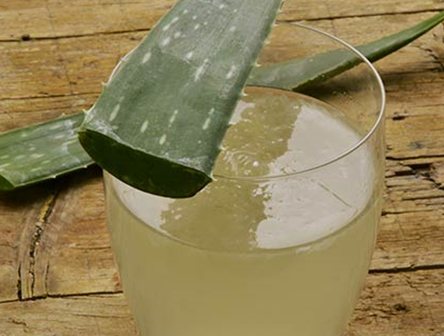

Dr. Ivan Danchow, who advises many of the world's leading pharmaceutical research institutes and organizations such as the US Food and Drug Administration, is convinced that aloe vera has a beneficial effect on the entire gastrointestinal tract. He is convinced that, thanks to the magnesium lactic acid contained in it, aloe vera can reduce the activity of the stomach and cause the reverse development of both temporary and chronic diseases of the upper gastrointestinal tract.
In their book The Pharmacology of Natural Medicines, Michael T. Murray and Joseph E. Pizzorno, Jr., referring to research by Dr. Jeffrey Bland, examine the effects of aloe vera in reducing gastric acidity. Based on Heidelberg gastric juice analyzes, it was found that aloe vera juice increases the rate of pH gastric juice by an average of 1.88 units. This confirms the results of other studies, according to which ingestion of aloe vera juice inhibits the secretion of hydrochloric acid. This test also suggested that taking aloe vera juice helped improve digestion and slow the evacuation of stomach contents into the duodenum.
In his article "The effect of ingestion of aloe vera juice on the functioning of the human gastrointestinal system", published in 1985 in the American journal PreventionDr. Jeffrey Bland of Linus Pauling Medical Science Institute, California, has determined from clinical trials that aloe vera:
- improves digestion without causing disturbances;
- acts as a buffering agent (not alkaline) that normalizes the pH of gastric juice;
- reduces fermentation and normalizes the symbiotic microflora of the gastrointestinal tract;
- especially effective for indigestion, IBS, colitis and increased gastric acidity.
Dr. Bland has also found that aloe vera can help maintain regular bowel movements. In addition, participants in the study noted an increase in energy and vitality (these beneficial results are noted by almost all people who consume high-quality drinks or juices of aloe vera).
In another study, it was found that aloe vera penetrates the walls of the digestive tract, removes harmful bacteria and helps to repopulate the digestive system with beneficial flora.
In addition, aloe vera helps reduce inflammation, speeds up the healing process, and aids in better absorption of nutrients by the body.
Many "gurus of aloe vera" who have devoted many years to the thorough study of this plant are inclined to believe that there is no "miraculous component" in aloe vera. The fantastic healing and nutritional properties of aloe vera and the healing effect it provides are due to the synergistic (complementary and mutually reinforcing) interaction of all its beneficial components.
I hope now it becomes clear why in different countries of the world (especially where aloe vera grows) its they call it a "doctor", "an ambulance", "a miracle plant", "a silent healer", etc.
In the next article on aloe vera, I will talk about the health FACTS associated with the use of aloe vera in humans and animals.
Share on social media networks
РќСЂР ° вится

